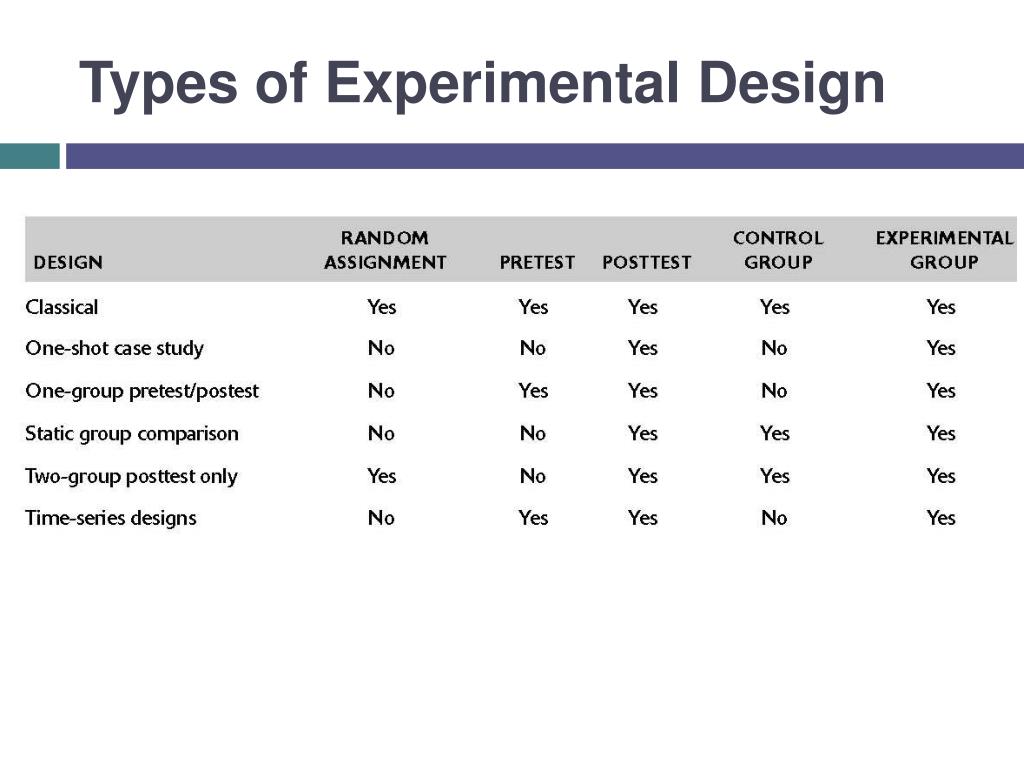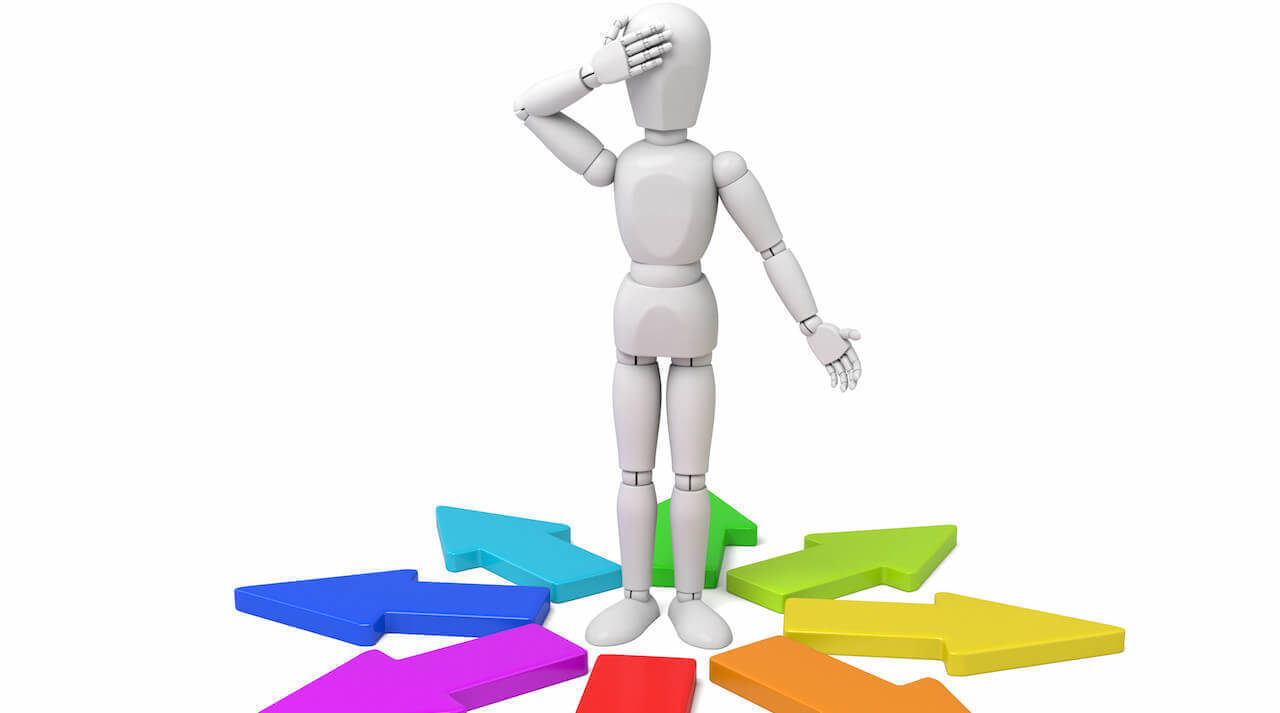Table Of Content

This is a pretest-posttest control group experimental research example. Experimental research is the most familiar type of research design for individuals in the physical sciences and a host of other fields. This is mainly because experimental research is a classical scientific experiment, similar to those performed in high school science classes.
A Refresher on A/B Testing - HBR.org Daily
A Refresher on A/B Testing.
Posted: Wed, 28 Jun 2017 07:00:00 GMT [source]
Order effects
Each group receives a different level of the treatment (e.g. no phone use, low phone use, high phone use). Now that you have a strong conceptual understanding of the system you are studying, you should be able to write a specific, testable hypothesis that addresses your research question. While Field Experiments offer real-world relevance, they come with challenges like controlling for outside factors and the ethical considerations of intervening in people's lives without their knowledge. On the flip side, if the drug is showing promising results, the trial might be expanded to include more participants or to extend the testing period. In terms of its applications, besides healthcare and medicine, Sequential Design is also popular in quality control in manufacturing, environmental monitoring, and financial modeling.
Questionnaire – Definition, Types, and Examples
So, it is important to check if your research has basic postulates and assumptions that can be tested by others. If not, your research design may be flawed, and you may need to develop a new framework. The accuracy of statistical evidence determines the quality of research.
Importance of Experimental Research Design
A second way to think about what counterbalancing accomplishes is that if there are carryover effects, it makes it possible to detect them. One can analyze the data separately for each order to see whether it had an effect. During the semester, students in a class are lectured on particular courses and an exam is administered at the end of the semester.

In this method, the participants are divided into two groups once again. And this time, they are given both pre-tests and post-tests with multiple research methods. Thanks to these multiple tests, the researchers can make sure the changes in the experimental group are directly related to the treatment.
Frequently asked questions about experimental research
So far, we have discussed an approach to within-subjects designs in which participants are tested in one condition at a time. There is another approach, however, that is often used when participants make multiple responses in each condition. Imagine, for example, that participants judge the guilt of 10 attractive defendants and 10 unattractive defendants. Instead of having people make judgments about all 10 defendants of one type followed by all 10 defendants of the other type, the researcher could present all 20 defendants in a sequence that mixed the two types. The researcher could then compute each participant’s mean rating for each type of defendant.

Quantitative Research – Methods, Types and...
One or more independent variables are changed and then applied to one or more dependent variables to examine their reaction. A quasi-experimental design is similar to an experimental one, but it is not the same. In this research, an independent variable is manipulated, but the participants of a group are not randomly assigned. Quasi-research is used in field settings where random assignment is either irrelevant or not required. The true experimental research design relies on statistical analysis to approve or disprove a hypothesis. It is the most accurate type of experimental design and may be carried out with or without a pretest on at least 2 randomly assigned dependent subjects.
Independent Measures
These measures may include reaction time tasks, cognitive tests, or other types of computer-based assessments. This involves randomly assigning participants to different groups or treatments to ensure that any observed differences between groups are due to the treatment and not to other factors. In this design, participants are randomly assigned to one of two or more groups, and each group is exposed to a different treatment or condition. Experimental design can also be used to evaluate the changes occurring in plants. To study the impact of sunlight on plants, researchers collected plant samples and exposed half of them to sunlight for photosynthesis; the other half was kept away from sunlight in a dark space.
Experimental research is a study conducted with a scientific approach using two sets of variables. The first set acts as a constant, which you use to measure the differences of the second set. One is that it controls the order of conditions so that it is no longer a confounding variable. Instead of the attractive condition always being first and the unattractive condition always being second, the attractive condition comes first for some participants and second for others. Likewise, the unattractive condition comes first for some participants and second for others. Thus any overall difference in the dependent variable between the two conditions cannot have been caused by the order of conditions.
Study on how rats process smell may address issue of experiment reproducibility - UChicago News
Study on how rats process smell may address issue of experiment reproducibility.
Posted: Wed, 17 May 2017 07:00:00 GMT [source]
How you apply your experimental treatments to your test subjects is crucial for obtaining valid and reliable results. Use arrows to show the possible relationships between variables and include signs to show the expected direction of the relationships. On the other hand, the lack of control can make it harder to tell exactly what's causing what. Yet, despite these challenges, they remain a valuable tool for researchers who want to understand how theories play out in the real world.
So the next time you read about a new discovery in medicine, psychology, or any other field, you'll have a better understanding of the thought and planning that went into figuring things out. Experimental design is more than just a set of rules; it's a structured way to explore the unknown and answer questions that can change the world. Choosing the right experimental design is like picking the right tool for the job.
Experimental design also allows researchers to generalize their findings to the larger population from which the sample was drawn. By randomly selecting participants and using statistical techniques to analyze the data, researchers can make inferences about the larger population with a high degree of confidence. Experimental research design should be used when a researcher wants to establish a cause-and-effect relationship between variables. It is particularly useful when studying the impact of an intervention or treatment on a particular outcome. Computerized measures involve using software or computer programs to collect data on participants’ behavior or responses.
All the groups are post-tested, and the observed differences between the groups are assumed to be a result of the treatment. The experimental research method is widely used in physical and social sciences, psychology, and education. It is based on the comparison between two or more groups with a straightforward logic, which may, however, be difficult to execute. The terms “prospective” versus “retrospective” studies can be confusing. To him/her, the process of enrolling cases and controls over a period of several months appears prospective.
In these studies, the investigator did not play any role in determining the smoking or dietary habit in individuals. There are some terms that are used frequently while classifying study designs which are described in the following sections. Then you need to think about possible extraneous and confounding variables and consider how you might control them in your experiment. Because the study is happening in a real school with real students, the results could be very useful for understanding how the change might work in other schools. But since it's the real world, lots of other factors—like changes in teachers or even the weather—could affect the results.
After the study is done, both groups do a post-test evaluation, and the changes are seen as results. Details of how they were measured are not given at this point in the manuscript but are explained later in the “Instruments” and “Procedures” subsections. In addition, experimental research is a powerful tool for businesses and organizations. By manipulating variables such as marketing strategies, product design, and customer service, companies can understand what works best and identify new opportunities for growth.













